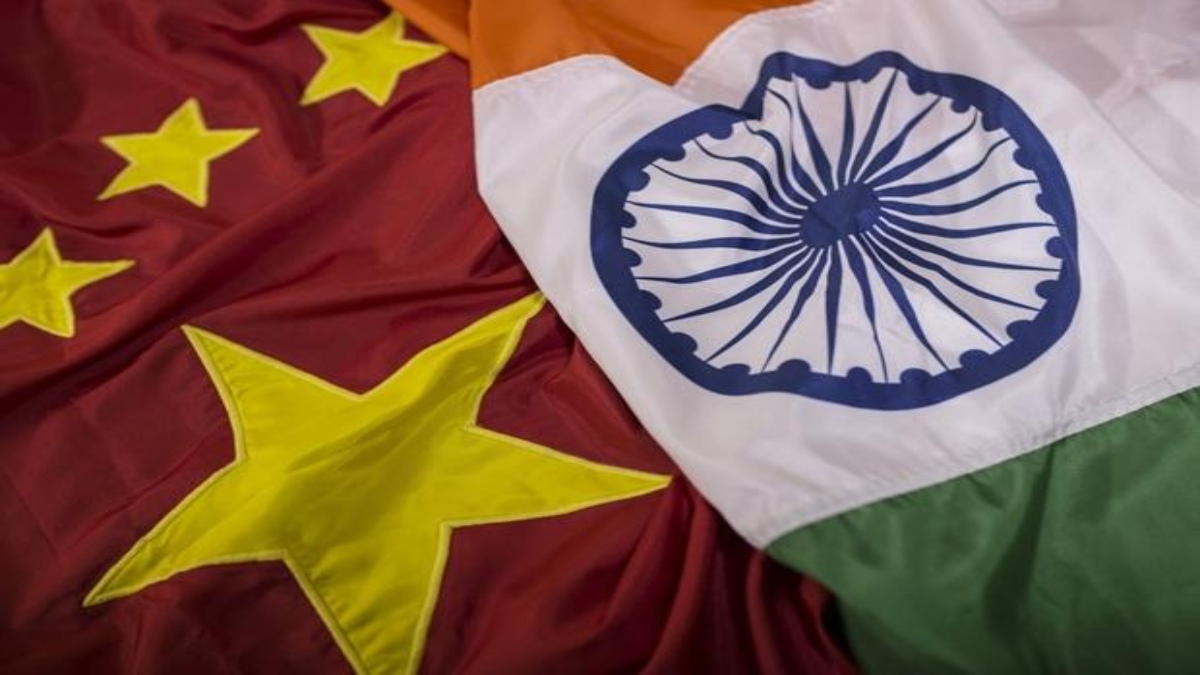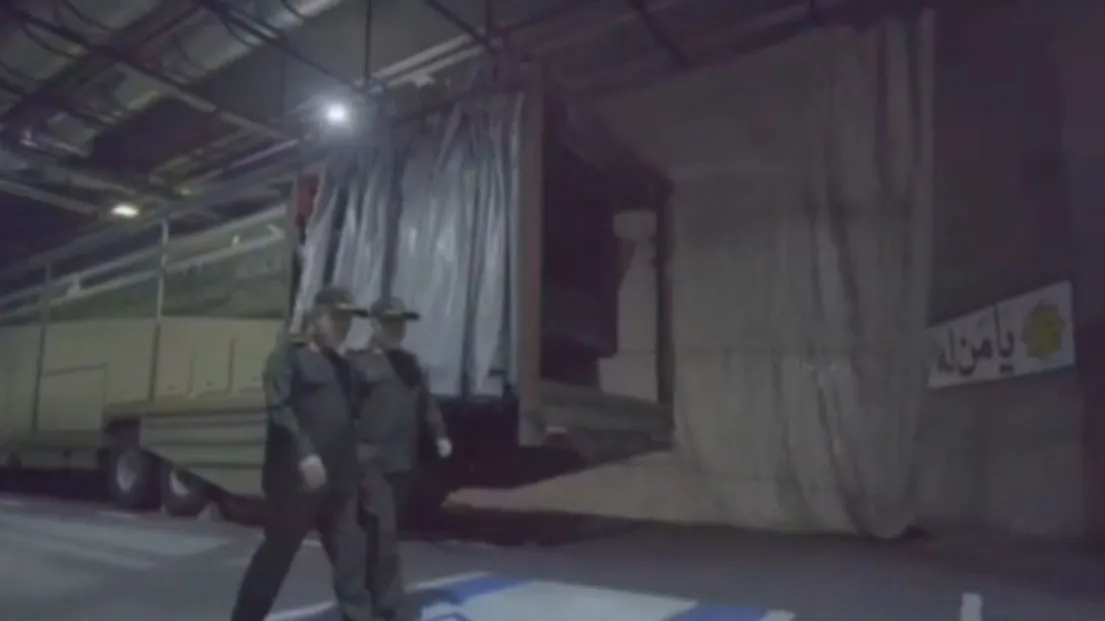The disengagement by Indian and Chinese frontline troops from the flashpoints at Pangong Lake in eastern Ladakh began on Wednesday. Officials claimed that the process is taking place in a step-by-step manner.
The disengagement plan on the northern and southern banks of the Pangong Lake in eastern Ladakh is based on a consensus reached during the ninth round of Corps Commander level meeting held between the two sides on January 24.
The spokesperson of China’s Ministry of National Defense, Wu Qian said: “According to the consensus reached by the 9th round of the military commander-level talks between China and India, the frontline units of the Chinese and Indian armed forces in Pangong Hunan and North Coast began to simultaneously and systematically organize disengagement on 10 February.” The Indian Army declined to comment, but the Ministry of External Affairs in New Delhi is expected to issue a statement on Thursday.
Since May 2020, thousands of troopers deployed by India and China were engaged in skirmishes along the Line of Actual Control (LAC) near the Pangong Lake in Ladakh and the Tibet Autonomous Region. In one of the violent clashes, 20 Indian soldiers and over 40 people from the Chinese troops were killed in the Galwan Valley on 15-16 June.
Though both sides disengaged in the Galwan Valley in July, the stand-off continued at critical points at Pangong and PP17A. In August, Indian troops regained multiple strategic heights in the Chushul sector along the LAC.
However, both countries remained engaged in talks through established institutions and mechanisms like ‘Working Mechanism for Consultation and Coordination on China-India Border Affairs’ (WMCC). Several rounds of talks were held at diplomatic and military levels.
The ninth round was held on 24 January, after which follow-up meetings between the ground level commanders happened, leading to the initiation of the disengagement process with thinning of troops from Wednesday. According to sources, after the thinning of troops, tanks and weapons will be removed from the southern part of the lake.
The north bank of the lake is divided into 8 Fingers. The mountain spurs jutting into the lake are referred to as ‘Fingers’ in military parlance. The proposals for disengagement include China moving back to Finger 8 and Indian troops pulling back to the Dhan Singh Thapa post between Finger 2 and 3. This will make Finger 4 a ‹no go› zone for some time for both the sides.
There have been regular face-offs between the two armies between Finger 4 and Finger 8, a distance of 8 km, on the northern bank of the lake. India claims the LAC at Finger 8 and had been holding on to the area till Finger 4, but in a clear alteration of status quo, the Chinese have been camping at Finger 4, setting up fortifications between Finger 5 and 8. Turning the Finger area into a no patrolling zone is part of the three-step disengagement roadmap that is under consideration.
In the third step, the Indian Army will withdraw from all the 13 critical heights and territories, including Rezang La, along the southern bank of Pangong Lake which gave India an edge over China.
On August 30 last year, India had occupied critical mountain heights on the southern bank of the Pangong Lake like Rechin La, Rezang La, Mukpari and Tabletop that were unmanned till now. India has also made some deployments near Blacktop. The movement was carried out after the Chinese tried to make a provocative military move.
The dominance at peaks allows India to dominate the Spanggur Gap under Chinese control and also the Moldo garrison on the Chinese side. If things work out, India would leave the heights occupied on the south of the lake in August-end, as per the disengagement proposal.
Thereafter, withdrawal of troops from several friction points is also proposed and these include the Depsang plains and heights around Gogra, among some other locations.























